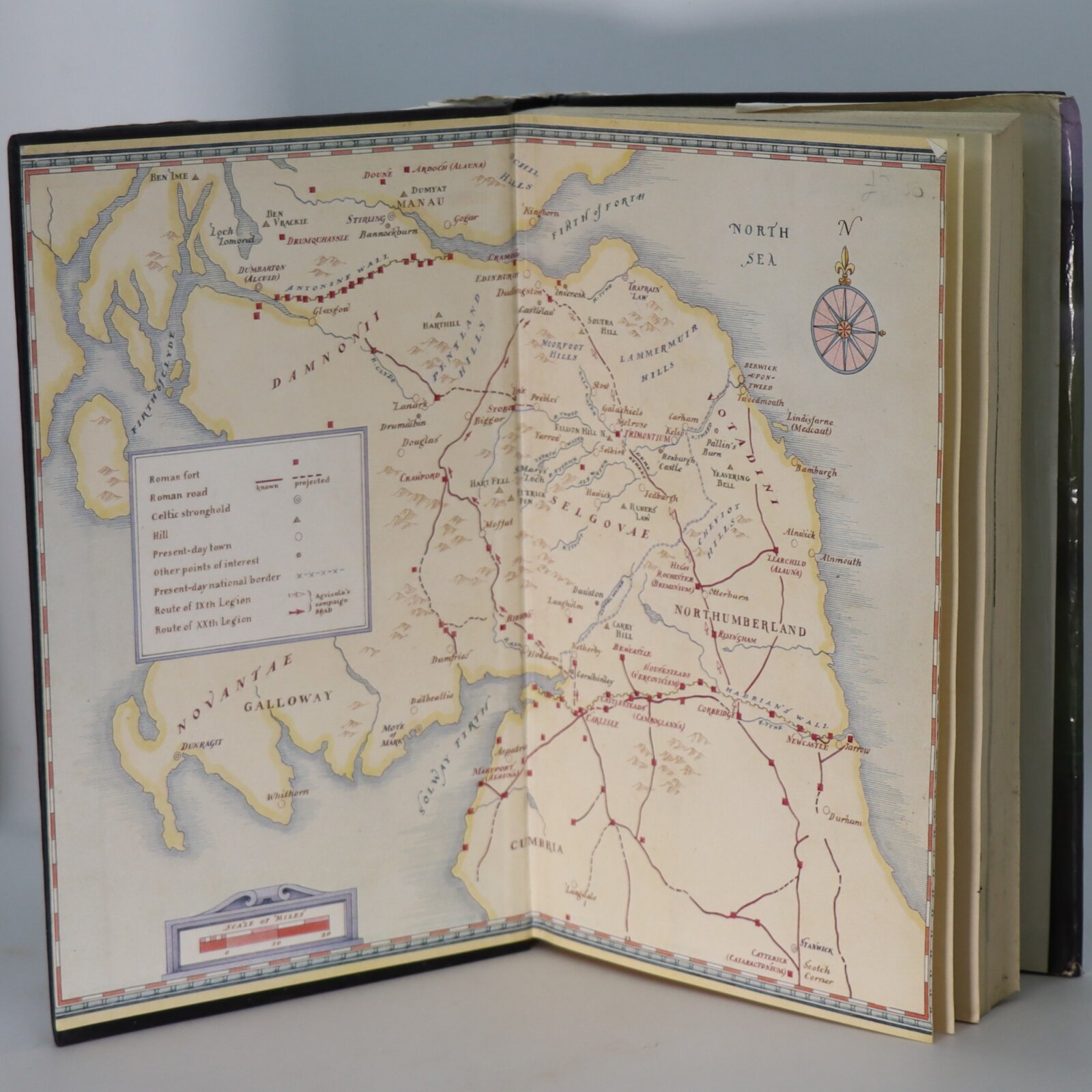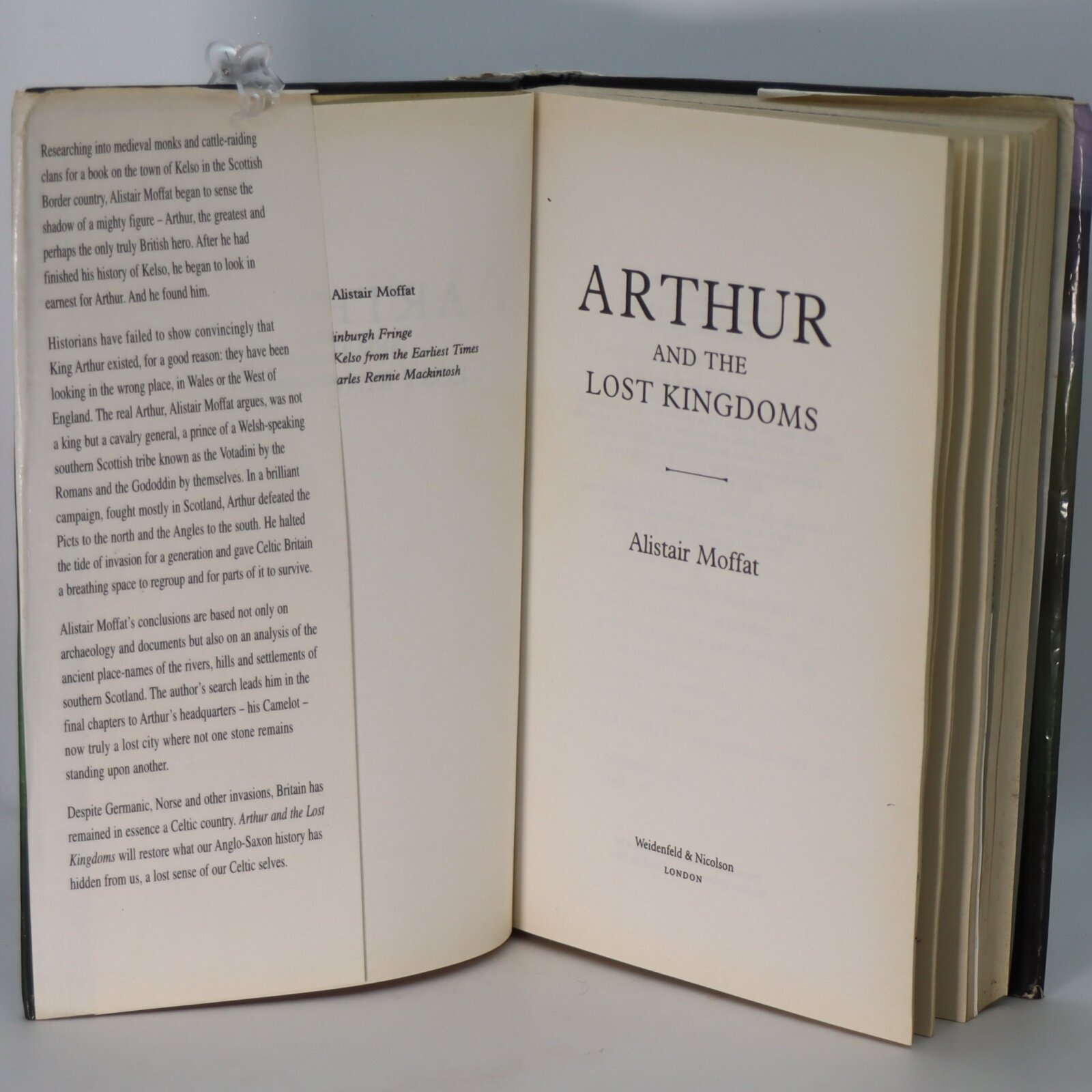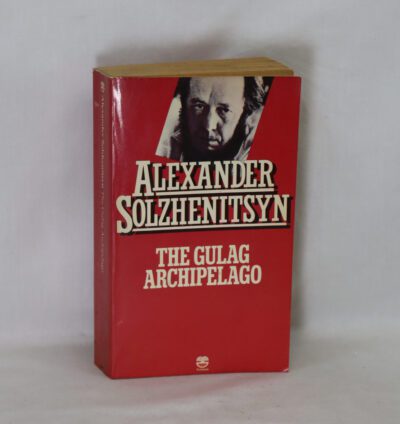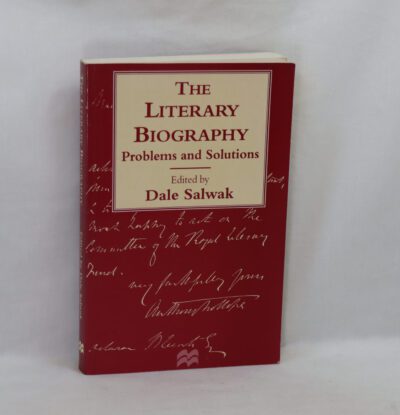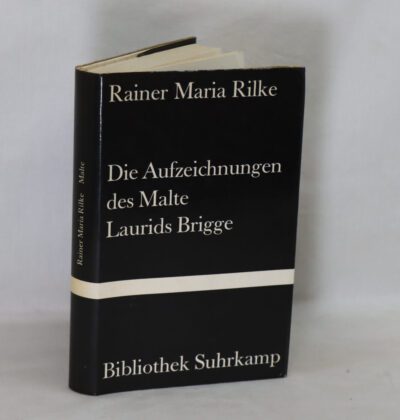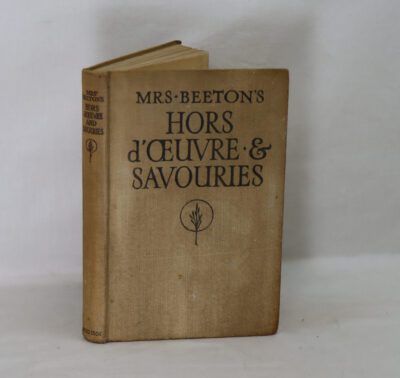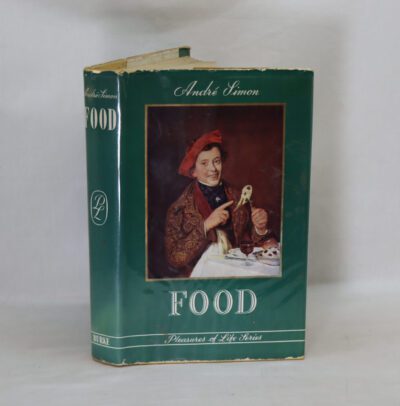Arthur and the Lost Kingdoms.
By Alistair Moffat
ISBN: 9780857902269
Printed: 1999
Publisher: Weidenfield & Nicolson. London
| Dimensions | 16 × 24 × 3 cm |
|---|---|
| Language |
Language: English
Size (cminches): 16 x 24 x 3
Condition: Fine (See explanation of ratings)
Item information
Description
In the original dustsheet. Black cloth binding with orange title on the spine.
F.B.A. provides an in-depth photographic presentation of this item to stimulate your feeling and touch. More traditional book descriptions are immediately available.
A “fascinating historical detective work” that pins down the real story of the legendary medieval king and the court of Camelot. The Holy Grail, the kingdom of Camelot, the Knights of the Round Table, and the magical sword Excalibur
are all key ingredients of the legends surrounding King Arthur. But who was he really, where did he come from, and how much of what we read about him in stories that date back to the Dark Ages is true? So far, historians have failed to
show that King Arthur really existed at all, and for a good reason—they have been looking in the wrong place. In this “vivid and thought-provoking” book, Alistair Moffat shatters all existing assumptions about Britain’s most enigmatic
hero. With references to literary sources and historical documents, as well as archaeology and the ancient names of rivers, hills, and forts, he strips away a thousand years of myth to unveil the real King Arthur. And in doing so, he solves one of the greatest riddles of them all—the site of Camelot itself. “A virtuoso performance.” —Cardiff Western Mail “Crammed with detail and follows a broad sweep across much of our history from the Ice Age to the Middle Ages.” —The Scotsman
King Arthur was a legendary Celtic Briton who, according to medieval histories and romances, was leader of the Celtic Britons in battles against Saxon invaders of Britain in the late 5th and early 6th centuries. Details of Arthur’s story are mainly composed of Welsh mythology, English folklore and literary invention, and most historians of the period do not think
that he was a historical figure. Arthur is first recorded in sources which date to 300 years after he is supposed to have lived, the Annales Cambriae and the Historia Brittonum. His name also occurs in early poetic sources such as Y Gododdin.
Arthur is a central figure in the legends making up the Matter of Britain. The legendary Arthur developed as a figure of international interest largely through the popularity of Geoffrey of Monmouth’s fanciful and imaginative 12th- century Historia Regum Britanniae (History of the Kings of Britain). In some Welsh and Breton tales and poems that date from before this work, Arthur appears either as a great warrior defending Britain from human and supernatural enemies or as a magical figure of folklore, sometimes associated with the Welsh otherworld Annwn. How much of Geoffrey’s Historia (completed in 1138) was adapted from such earlier sources, rather than invented by Geoffrey himself, is unknown. Although the themes, events and characters of the Arthurian legend varied widely from text to text, and there is no one canonical version, Geoffrey’s
version of events often served as the starting point for later stories. Geoffrey depicted Arthur as a king of Britain who defeated the Saxons and established a vast empire. Many elements and incidents that are now an integral part of the Arthurian story appear in Geoffrey’s Historia, including Arthur’s father Uther Pendragon, the magician Merlin, Arthur’s wife Guinevere, the sword Excalibur, Arthur’s conception at Tintagel, his final battle against Mordred at Camlann, and final rest in Avalon.
The 12th-century French writer Chrétien de Troyes, who added Lancelot and the Holy Grail to the story, began the genre of Arthurian romance that became a significant strand of medieval literature. In these French stories, the narrative focus often shifts from King Arthur himself to other characters, such as various Knights of the Round Table. Arthurian literature thrived during the Middle Ages but waned in the centuries that followed, until it experienced a major resurgence in the 19th century. In the 21st century, the legend continues to have prominence, not only in literature but also in adaptations for theatre, film, television, comics, and other media.
Condition notes
Want to know more about this item?
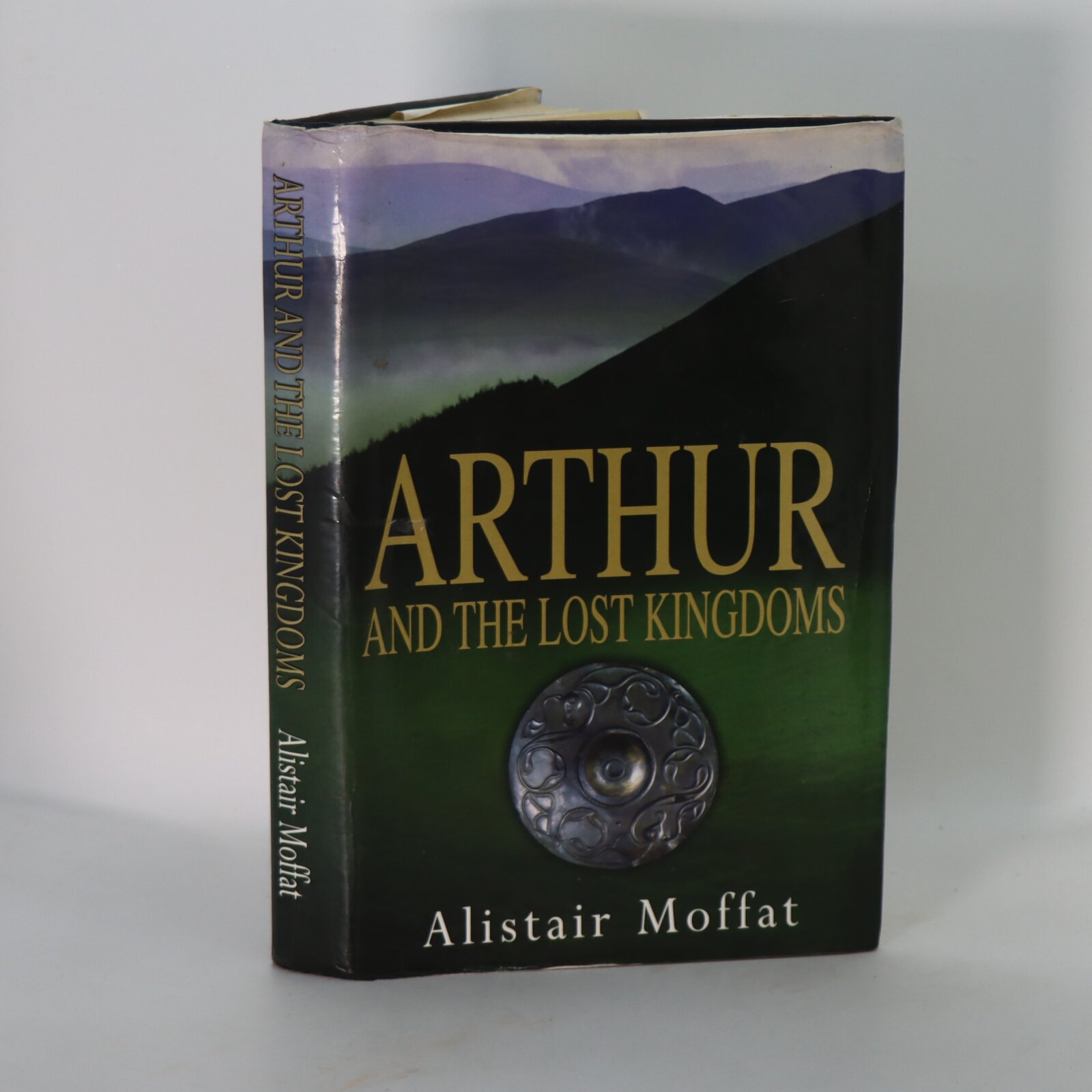
Related products
Share this Page with a friend

